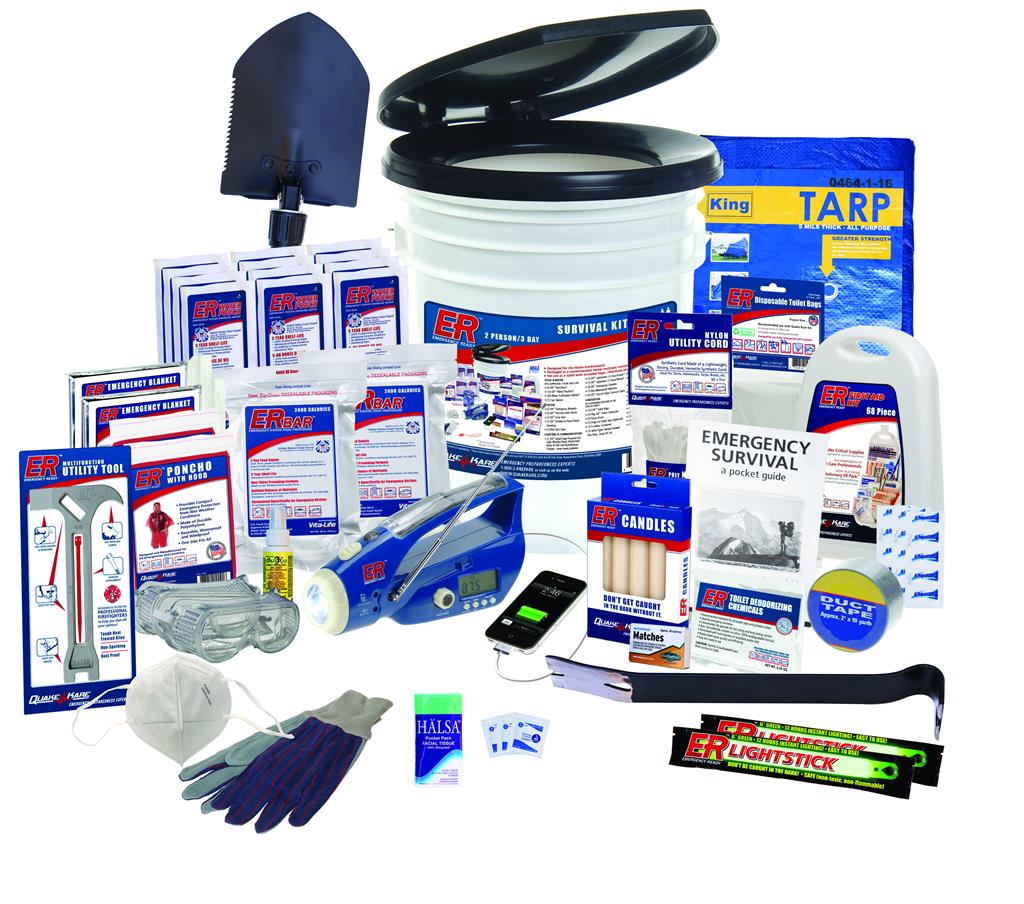Strategy, Prepare, Dominate: Emergency Preparedness for Today's Obstacles
Strategy, Prepare, Dominate: Emergency Preparedness for Today's Obstacles
Blog Article
Exactly How to Develop a Thorough Emergency Readiness Strategy
In the realm of readiness, creating an extensive emergency plan is not just a job to examine off a checklist; it is a crucial cornerstone of any company or person's durability method. By carefully crafting a plan that attends to different elements of emergency situation administration, consisting of risk assessment, interaction procedures, resource allocation, and calculated decision-making, one can lay a strong foundation for safeguarding possessions, lives, and procedures.
Value of Emergency Preparedness
Emergency situation readiness is critical for reducing potential risks and making certain the safety of individuals and communities. In today's world, where all-natural calamities, public health dilemmas, and other emergency situations can strike without caution, being prepared can make a substantial difference in minimizing the influence of these occasions. By having a well-thought-out emergency situation readiness strategy in position, organizations and people can react effectively, protect lives, and lower residential or commercial property damage.
One of the primary reasons why emergency preparedness is vital is its function in conserving lives. Having a plan that outlines clear procedures for communication, evacuation, and emergency situation feedback can help people act promptly and decisively when emergencies take place (i thought about this). This can stop injuries and fatalities by guaranteeing that people understand what actions to take to remain secure
Furthermore, emergency readiness boosts the resilience of neighborhoods. By fostering a society of preparedness and preparation for numerous circumstances, neighborhoods can recover quicker from disturbances and calamities. This durability is crucial for preserving security, continuity of operations, and total health in the face of misfortune.
Assessing Possible Risks
Thinking about the significance of being prepared for unforeseen occasions, the initial step in creating an effective emergency preparedness plan entails extensively examining and evaluating possible dangers. This evaluation requires a detailed testimonial of all possible threats that might influence the organization, taking into consideration variables such as place, industry, and historical data on incidents. By identifying these dangers, companies can prioritize their preparedness efforts and assign sources efficiently to reduce the most substantial risks.
Common threats that companies might encounter include natural calamities like quakes, floods, or typhoons, technical dangers such as power blackouts or information breaches, as well as human-caused risks like mishaps or willful acts of violence. Carrying out a danger assessment likewise involves taking into consideration the possible influence of these occasions on the organization's procedures, workers, clients, and reputation. By carrying out a comprehensive danger analysis, companies can develop tailored emergency situation reaction strategies that address their certain vulnerabilities and guarantee effective readiness for any type of potential situation.
Producing an Interaction Strategy
Establishing a thorough and clear communication plan is crucial for effective emergency readiness within organizations. In times of crisis, interaction plays a crucial duty in ensuring the safety and wellness of workers, stakeholders, and the area. A well-balanced interaction plan must describe clear visit lines of communication, assign key personnel in charge of interaction tasks, and develop procedures for disseminating information quickly and accurately.
One secret aspect of creating an interaction plan is identifying primary and alternating communication networks (EMERGENCY PREPAREDNESS). These can consist of e-mail, text messaging, phone trees, social media platforms, and public address systems. It is vital to make certain that these networks are dependable, accessible, and on a regular basis tested to assure their effectiveness during emergency situations

Structure an Emergency Kit
Provided the critical value of preparedness in times of dilemma, a key part that organizations need to address is the facility of an emergency situation kit. When constructing an emergency package, it is important to consider the particular demands and situations of the company. Additionally, organizations need to include essential records, such as contact listings, insurance coverage details, and emergency action strategies, in waterproof containers within the kit.
Developing Discharge Procedures
To make sure the safety and security and orderly evacuation of workers throughout emergency situations, organizations should establish clear and reliable evacuation procedures. Evacuation procedures must incorporate a series of potential scenarios, consisting of fires, all-natural disasters, or other emergencies that call for quick emptying.

Furthermore, companies should establish a system for audit for all personnel during an emptying to make certain that everyone has safely exited the facilities. Interaction plays an essential role in evacuation procedures, with clear guidelines on just how to evacuate and when to do so. Routine evaluation and upgrading of discharge procedures based on feedback and changing situations are important to keeping the performance of the strategy.
Verdict
In conclusion, developing an extensive emergency preparedness plan is essential for guaranteeing the security and wellness of individuals in case of a disaster (EMERGENCY PREPAREDNESS). By assessing potential threats, producing an interaction plan, developing an emergency kit, and establishing discharge organizations, procedures and individuals can be better geared up to react properly to emergency situations. It is essential to prioritize preparedness initiatives to alleviate the effect of disasters and shield lives and residential or commercial property
In the realm of readiness, establishing a comprehensive emergency situation strategy is not just a job to inspect off a list; it is an important cornerstone of any type of organization or person's durability approach. When emergency situations occur, having a strategy that describes clear treatments for communication, emergency situation, and evacuation response can assist people act quickly and emphatically. see post. By carrying out a complete threat analysis, companies can create customized emergency situation feedback strategies that resolve their details susceptabilities and make certain reliable readiness for any type of prospective dilemma
Establishing a extensive and clear communication plan is important for effective emergency readiness within companies. By examining prospective dangers, creating a communication strategy, developing an emergency kit, and developing discharge companies, procedures and individuals can be much better furnished to respond effectively to emergency situations.
Report this page